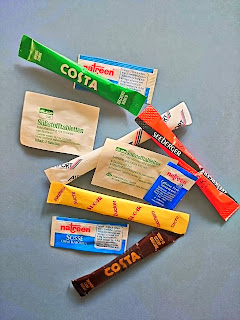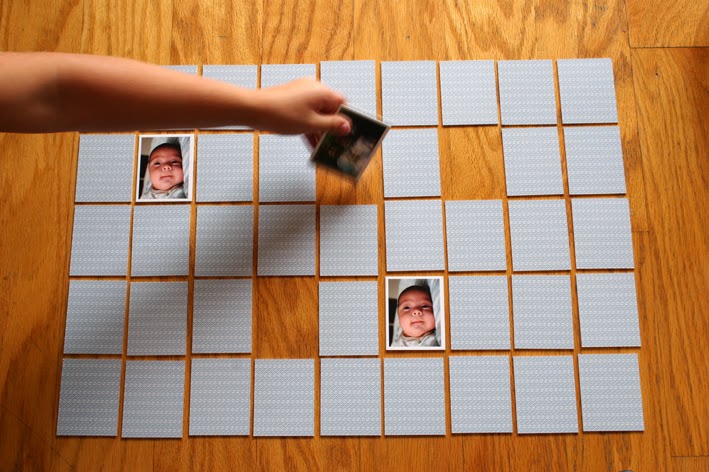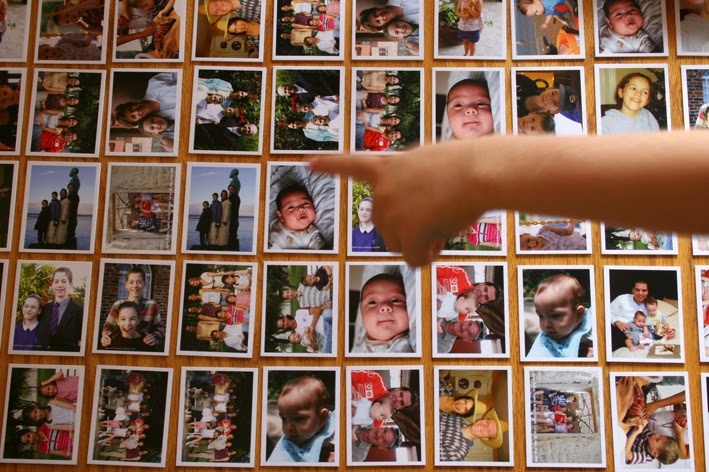New Advent calendar ‘stocked’ with a personal review of the year in 24 + 1 pictures, concealed behind the calendar doors.
The Advent calendar with own pictures of the best moments in vibrant colours
Even snapshots from mobile phones offer happy surprises in this type of photo calendar.
Many who like to make a loved one happy with an Advent calendar, will have wondered how to prepare a modern ‘zero-carb’ version of the traditional Advent calendar? Photo Advent calendars, where personal memories recorded in pictures, replace the calorie bombs, which traditionally hide behind the 24 doors, are an exciting alternative to chocolate Advent calendars. Zero-calorie calendars have a growing fan base in the United Kingdom and Ireland.
The Advent gift for people who have pictures of their favourite events
The photo calendar is the ideal Advent gift for people who have captured beautiful moments in pictures, and love to share with friends or relatives. The 'zero-carb' gift from the photo enthusiast is now, in addition to the A4 format, also available in the larger A3 size, with room for bigger prints.
A review of the year’s most beautiful events as a gift for Advent!
A delight for the true love or sweetheart, for families and those who are close. This new photo calendars for Advent is the perfect present, to put friends in a festive mood. The picture calendar can provide a little joy every Advent day anew, with a picture or a memory of a shared moment.
"the health threat of sugar is vastly underestimated,"
this is what US researchers say in a study, published in the journal “Obesity”. The lead author Prof. Robert Lustig, a paediatric endocrinologist says that this is evidence that “a calorie is not a calorie".
To this day, we celebrate traditional festivals such as Easter, Advent and Christmas like our Ancestors did: with an abundance of food, that you could call gluttony. Unlike previous generations, the modern European has few opportunities to burn-off the resulting accumulation of fat, contributing to the obesity epidemic. The consumer urgently needs help, to develop strategies to eliminate large amounts of calories from his or her daily consumption. Replacing a chocolate calendar with a photo Advent calendar, reduces the calorie consumption in the run up to Christmas by about a 1,000 kcal - a welcome contribution for better health!
Artificial sweeteners are fattening over time
Artificial sweeteners, even though they do not contain sugar, nonetheless have a direct effect on the body’s ability to utilize glucose. Glucose intolerance ... is the first step on the path to metabolic syndrome and adult-onset diabetes. [Source: Better-Health-Post]
To make an Advent calendar with own pictures, it takes 25 digital images in landscape format. Smartphone snapshots are often very suitable for this product, too. The website’s text tools allow to write words, wishes or vouchers, to be hidden behind the Advent calendar’s little doors. On the photo lab’s website, for example in the UK http://fotoinsight.co.uk/photo-calendars/chocolate-advent-calendars.html or Ireland http://fotoinsight.ie/calendars/chocolate-advent-calendars.html , the images can be uploaded and assigned easily, to order the photo calendar print.
NEW Photo Advent calendar A3 (42x29,7 cm)
RRP UK £9.99 + p&p / Ireland €10.99 + p&p
Photo Advent calendar A4 (35x24 cm)
RRP UK £7.49 + p&p / Ireland €8.99 + p&p
Material: Extra strong cardboard with a silk matte coating (300g/m²); scratch resistant and cleanable.
Processing time according to the supplier: Six working days






